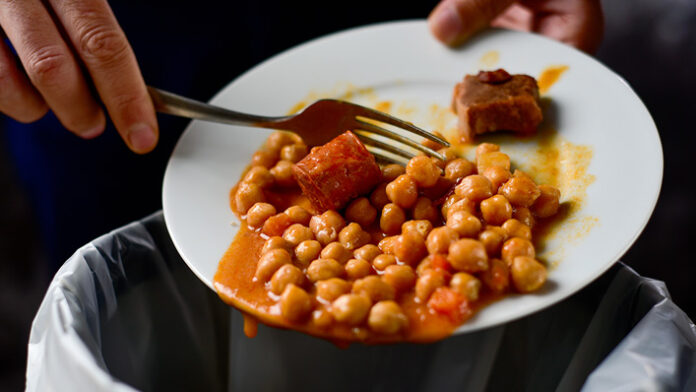I was driving down a backcountry road in September with an older Dutch woman from my church. We passed a field of apple trees littered with rotting apples that had fallen to the ground. My companion had a very visceral reaction. We both wondered, “Is wasting food a sin?”
“Pastor,” she said, “my grandfather was a farmer in Holland. He always taught us that wasting food was an evil sin. How do you feel about that?”
At the time, I didn’t know what to say. Like most Christians, I tended to think of sin as willful acts of disobedience. Apples fall off apple trees and rot on the ground. That’s just how it goes. In fact, that’s how trees reproduce.
But as I was recently reading John’s gospel, I was struck with this conversation again. After Jesus feeds the 5,000, he commands the disciples to gather all the food together so none would be wasted.
“When they had all had enough to eat, he said to his disciples, “Gather the pieces that are left over. Let nothing be wasted.” —John 6:12
It struck me that this food production was a miraculous act. Why worry about what was left? Jesus could recreate this miracle any time he chose, but that didn’t make this miraculous food any less important to him.
The food we waste
Did you know that the United States wastes half of its food supply? In fact, organic waste is the second largest component of landfills in the U.S. (and a huge contributor to greenhouse gasses).
If you ask most people, they’ll tell you that they’re against wasting food. So why do we waste so much of it? In the 1960s, Americans wasted 12.2 million tons of food—by 2012, that number had ballooned to 35 million tons.
We want beautiful food
One of the big contributors to this problem is the American aversion to anything that’s not aesthetically appealing. We’d rather buy an apple covered in wax to seal in its perfect appearance than buy an organic apple that appears imperfect. Farmers are forced to cull a percentage of their harvest purely because of imperfections in a fruit or vegetable’s appearance. An NRDC report showed that in California post-harvest culling, 30 percent of plums and pears were thrown out based on their appearance alone.
After farmers cull their produce, grocery stores remove more produce that is not attractive enough for their shoppers. Doug Rauch, the former president of Trader Joe’s, told The Atlantic, “Grocery stores routinely trash produce for being the wrong shape or containing minor blemishes.”

